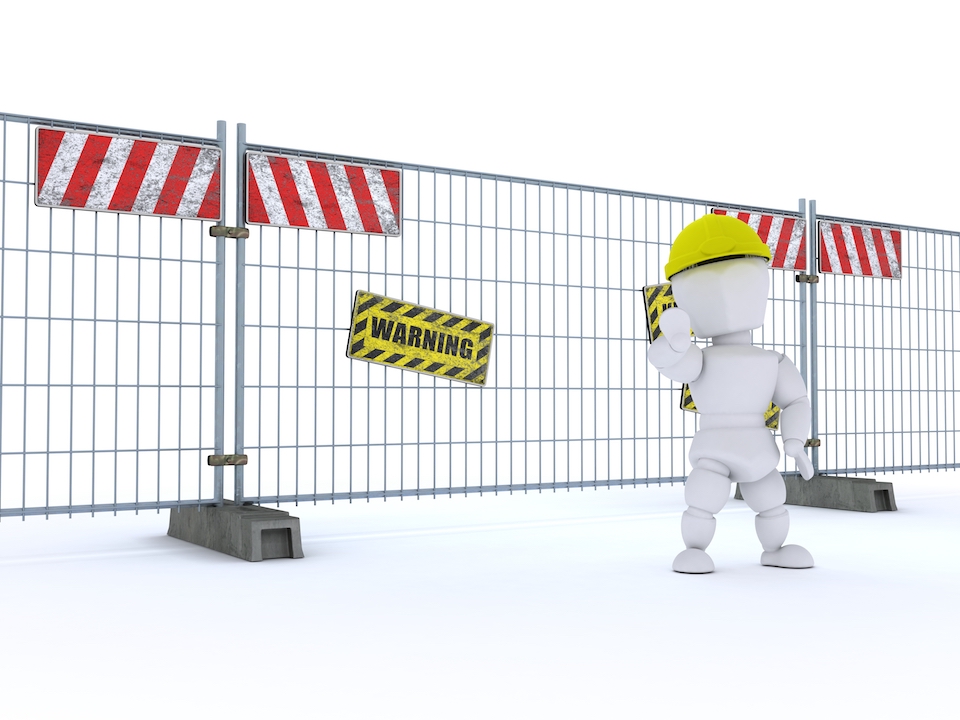Inventory has unlimited potential to grow – even when you think it’s being managed, stocktakes often throw up surprises. Often when I question large stock holding with clients I’m told that one cannot sell that which they do not have. A relationship is perceived between the size of the inventory and the number of sales.
Let us examine this notion for a moment.
Your inventory will have varied types of goods:
- Fast moving goods and products that just won’t vacate the ‘shelves.’
- Goods that are in demand and those that missed their season
- High-profit margin goods and those that barely break even
Not all the products in your inventory have equal value – in cost, cashflow and profit potential.
The notion of growing the stock in the hope of increasing sales is hazardous. The result could be a warehouse full of dead stock. You cannot even expect to recover the cost of purchase of some of the goods since they will have acquired a permanent occupancy in the inventory. These commodities are only good in filling out the inventory while adding no value to the company.
An inventory can, therefore, be precarious to your company. If you are not cautious, your inventory will translate into an investment that is depreciating at an alarming rate, probably to below zero value. Do not be blind to the perils of an inventory that is not well managed.
So, realistically speaking, to what extent is the inventory crucial to the company? It is no doubt one of the biggest assets, but is it the most important? The degree of importance of an asset is determined by the ability of the asset to convert into cash. Going by this principle, we identify the following assets as being crucial to the business:
- The sales team
- The marketing department
- The customer support team
With these vital assets in place, your business can thrive without a bloated inventory, provided it is managed well enough to ensure promised deliveries can be met.
Indeed, it is possible to run a successful business without an inventory. Some companies have managed this quite effortlessly. You can eliminate unnecessary huge piles of stock and save yourself a lot of money in the process.
How to eliminate an inefficient inventory
The following guidelines will help you to maintain an inventory that adds value to your business.
- Accurate sales forecasting
You need to know your market and the demand trends for a particular product. Place orders according to the forecast demand and do away with time-based inventories.
- A thorough analysis of the inventory
Go through your inventory and conduct some of the following evaluations
Stock size vs. Sales volume
Many businesses would no doubt want to reduce their inventory. The challenge, however, is how to proceed without affecting the sales volumes. Now, let us pause for a moment and ask ourselves, is the turnover rate for all the items in the inventory the same? The answer is obviously no.
This means that there are ways around the challenge of maintaining a balance between the sales volume and the size of the inventory. Make a distinction between the goods that are fast moving from the ones that find their way to the consumers much more slowly.
Status of individual items
Of interest is:
- The age of the items in stock
- The turnover rate for each commodity
This activity is very crucial. You will be informed about the items that you need to reduce, and you might even be surprised to discover items in the inventory that are ‘ancient’ and no longer relevant.
Profit margins for the items
A deeper examination of the inventory will enlighten you further. For instance, a comparison of the profit margin of an item and its turnover rate tells a compelling story about the product. Assuming you found that an individual item had a slow turnover rate and at the same time it generated a small profit margin. What does that tell you about that component…not to mention the end product?
- Pareto’s Principle
Research shows that the Paretos’ 80/20 rule applies to the goods sold by most SMEs. This means that 80% of the revenue that SMEs generate comes from only 2O% of their products. Don’t you then think that your inventory should be composed mainly of the winning 20% and then find other creative ways of dealing with the 80%?
If your analysis reveals that your inventory is not dominated by the 20%, it is time you did an overhaul. The 80% is not adding much value to the business, in addition to holding up money that could be used to sell more of the 20%. Consider that they are depreciating even as you read this and someday they might not be worth anything. So, get to work and liquidate them and watch your inventory become more efficient.
Bear in mind that the inventory is symbolic of dormant cash. Worse still, it is not even cash that is in a bank account, it is money that has been invested, and it should be generating returns. It, therefore, makes perfect sense to ensure that your inventory is efficient.
I dare say; it is not the quantity but the quality of the inventory that matters.
